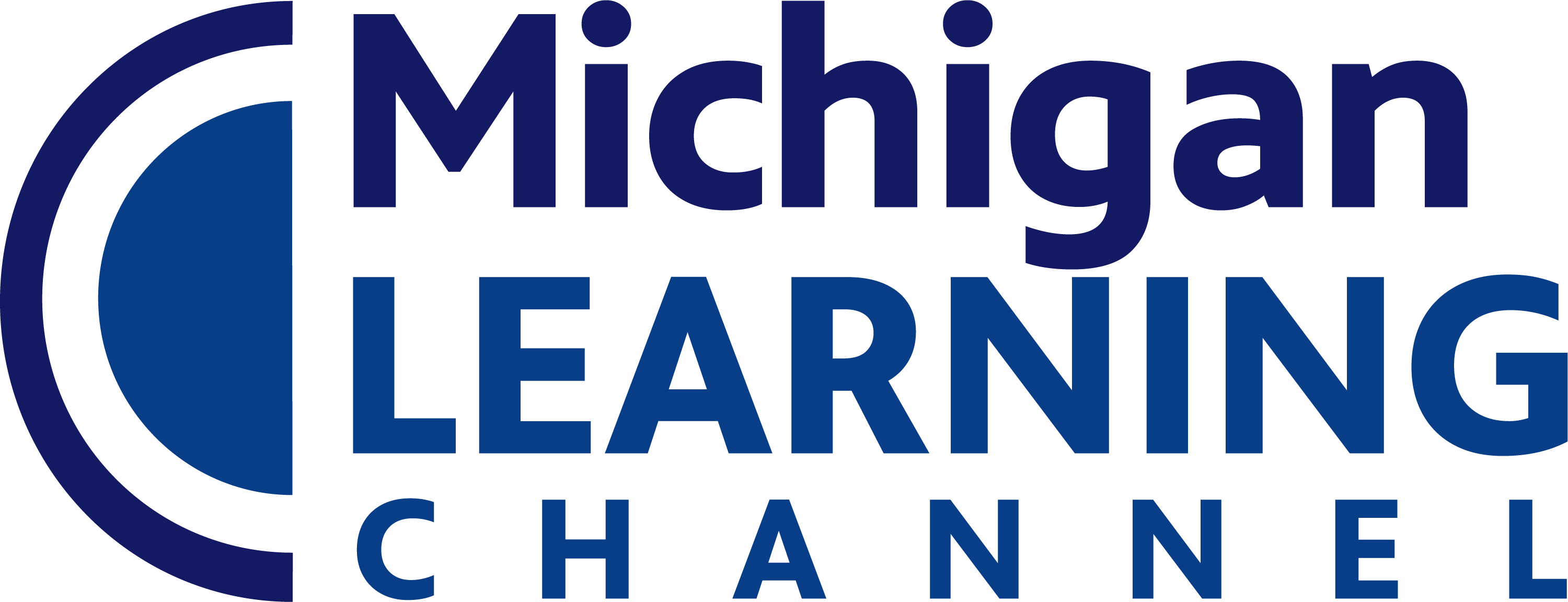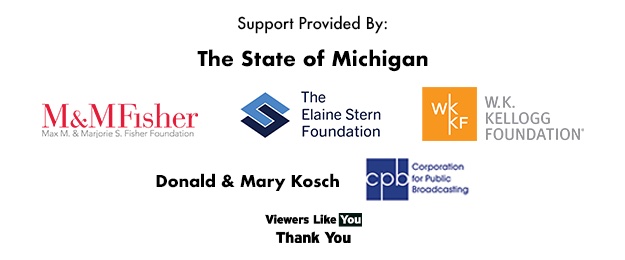Subjects
Shows
Use knowledge of language and its conventions when writing, speaking, reading, or listening.
Use verbs in the active and passive voice and in the conditional and subjunctive mood to achieve particular effects (e.g., [...]
Determine or clarify the meaning of unknown and multiple-meaning words or phrases based on grade 8 reading and content, choosing [...]
Use context (e.g., the overall meaning of a sentence or paragraph; a word’s position or function in a sentence) as [...]
Use common, grade-appropriate Greek or Latin affixes and roots as clues to the meaning of a word (e.g., precede, recede, [...]
Consult general and specialized reference materials (e.g., dictionaries, glossaries, thesauruses), both print and digital, to find the pronunciation of a [...]
Verify the preliminary determination of the meaning of a word or phrase (e.g., by checking the inferred meaning in context [...]
Demonstrate understanding of figurative language, word relationships, and nuances in word meanings.
Use the relationship between particular words to better understand each of the words.
Distinguish among the connotations (associations) of words with similar denotations (definitions) (e.g., bullheaded, willful, firm, persistent, resolute).
Acquire and use accurately grade-appropriate general academic and domain-specific words and phrases; gather vocabulary knowledge when considering a word or [...]
Gather relevant information from multiple print and digital sources, using search terms effectively; assess the credibility and accuracy of each [...]
Draw evidence from literary or informational texts to support analysis, reflection, and research.
Apply grade 8 Reading standards to literature (e.g., “Analyze how a modern work of fiction draws on themes, patterns of [...]
Apply grade 8 Reading standards to literary nonfiction (e.g., “Delineate and evaluate the argument and specific claims in a text, [...]
Engage effectively in a range of collaborative discussions (one-on-one, in groups, and teacher-led) with diverse partners on grade 8 topics, [...]
Come to discussions prepared, having read or researched material under study; explicitly draw on that preparation by referring to evidence [...]
Follow rules for collegial discussions and decision-making, track progress toward specific goals and deadlines, and define individual roles as needed.
Pose questions that connect the ideas of several speakers and respond to others’ questions and comments with relevant evidence, observations, [...]
Acknowledge new information expressed by others, and, when warranted, qualify or justify their own views in light of the evidence [...]
Analyze the purpose of information presented in diverse media and formats (e.g., visually, quantitatively, orally) and evaluate the motives (e.g., [...]
Delineate a speaker’s argument and specific claims, evaluating the soundness of the reasoning and relevance and sufficiency of the evidence [...]
Present claims and findings, emphasizing salient points in a focused, coherent manner with relevant evidence, sound valid reasoning, and well-chosen [...]
Integrate multimedia and visual displays into presentations to clarify information, strengthen claims and evidence, and add interest.
Adapt speech to a variety of contexts and tasks, demonstrating command of formal English when indicated or appropriate. (See grade [...]
Demonstrate command of the conventions of standard English grammar and usage when writing or speaking.
Explain the function of verbals (gerunds, participles, infinitives) in general and their function in particular sentences.
Form and use verbs in the indicative, imperative, interrogative, conditional, and subjunctive mood.
Demonstrate command of the conventions of standard English capitalization, punctuation, and spelling when writing.
Use words, phrases, and clauses to create cohesion and clarify the relationships among claim(s), counterclaims, reasons, and evidence.
Provide a concluding statement or section that follows from and supports the argument presented.
Write informative/explanatory texts to examine a topic and convey ideas, concepts, and information through the selection, organization, and analysis of [...]
Introduce a topic clearly, previewing what is to follow; organize ideas, concepts, and information into broader categories; include formatting (e.g., [...]
Develop the topic with relevant, well-chosen facts, definitions, concrete details, quotations, or other information and examples.
Use appropriate and varied transitions to create cohesion and clarify the relationships among ideas and concepts.
Use precise language and domain-specific vocabulary to inform about or explain the topic.
Provide a concluding statement or section that follows from and supports the information or explanation presented.
Write narratives to develop real or imagined experiences or events using effective technique, relevant descriptive details, and well-structured event sequences.
Engage and orient the reader by establishing a context and point of view and introducing a narrator and/or characters; organize [...]
Use narrative techniques, such as dialogue, pacing, description, and reflection, to develop experiences, events, and/or characters.
Use a variety of transition words, phrases, and clauses to convey sequence, signal shifts from one time frame or setting [...]
Use precise words and phrases, relevant descriptive details, and sensory language to capture the action and convey experiences and events.
Provide a conclusion that follows from and reflects on the narrated experiences or events.
Produce clear and coherent writing in which the development, organization, and style are appropriate to task, purpose, and audience. (Grade-specific [...]
Subjects
Shows
Use knowledge of language and its conventions when writing, speaking, reading, or listening.
Use verbs in the active and passive voice and in the conditional and subjunctive mood to achieve particular effects (e.g., [...]
Determine or clarify the meaning of unknown and multiple-meaning words or phrases based on grade 8 reading and content, choosing [...]
Use context (e.g., the overall meaning of a sentence or paragraph; a word’s position or function in a sentence) as [...]
Use common, grade-appropriate Greek or Latin affixes and roots as clues to the meaning of a word (e.g., precede, recede, [...]
Consult general and specialized reference materials (e.g., dictionaries, glossaries, thesauruses), both print and digital, to find the pronunciation of a [...]
Verify the preliminary determination of the meaning of a word or phrase (e.g., by checking the inferred meaning in context [...]
Demonstrate understanding of figurative language, word relationships, and nuances in word meanings.
Use the relationship between particular words to better understand each of the words.
Distinguish among the connotations (associations) of words with similar denotations (definitions) (e.g., bullheaded, willful, firm, persistent, resolute).
Acquire and use accurately grade-appropriate general academic and domain-specific words and phrases; gather vocabulary knowledge when considering a word or [...]
Gather relevant information from multiple print and digital sources, using search terms effectively; assess the credibility and accuracy of each [...]
Draw evidence from literary or informational texts to support analysis, reflection, and research.
Apply grade 8 Reading standards to literature (e.g., “Analyze how a modern work of fiction draws on themes, patterns of [...]
Apply grade 8 Reading standards to literary nonfiction (e.g., “Delineate and evaluate the argument and specific claims in a text, [...]
Engage effectively in a range of collaborative discussions (one-on-one, in groups, and teacher-led) with diverse partners on grade 8 topics, [...]
Come to discussions prepared, having read or researched material under study; explicitly draw on that preparation by referring to evidence [...]
Follow rules for collegial discussions and decision-making, track progress toward specific goals and deadlines, and define individual roles as needed.
Pose questions that connect the ideas of several speakers and respond to others’ questions and comments with relevant evidence, observations, [...]
Acknowledge new information expressed by others, and, when warranted, qualify or justify their own views in light of the evidence [...]
Analyze the purpose of information presented in diverse media and formats (e.g., visually, quantitatively, orally) and evaluate the motives (e.g., [...]
Delineate a speaker’s argument and specific claims, evaluating the soundness of the reasoning and relevance and sufficiency of the evidence [...]
Present claims and findings, emphasizing salient points in a focused, coherent manner with relevant evidence, sound valid reasoning, and well-chosen [...]
Integrate multimedia and visual displays into presentations to clarify information, strengthen claims and evidence, and add interest.
Adapt speech to a variety of contexts and tasks, demonstrating command of formal English when indicated or appropriate. (See grade [...]
Demonstrate command of the conventions of standard English grammar and usage when writing or speaking.
Explain the function of verbals (gerunds, participles, infinitives) in general and their function in particular sentences.
Form and use verbs in the indicative, imperative, interrogative, conditional, and subjunctive mood.
Demonstrate command of the conventions of standard English capitalization, punctuation, and spelling when writing.
Use words, phrases, and clauses to create cohesion and clarify the relationships among claim(s), counterclaims, reasons, and evidence.
Provide a concluding statement or section that follows from and supports the argument presented.
Write informative/explanatory texts to examine a topic and convey ideas, concepts, and information through the selection, organization, and analysis of [...]
Introduce a topic clearly, previewing what is to follow; organize ideas, concepts, and information into broader categories; include formatting (e.g., [...]
Develop the topic with relevant, well-chosen facts, definitions, concrete details, quotations, or other information and examples.
Use appropriate and varied transitions to create cohesion and clarify the relationships among ideas and concepts.
Use precise language and domain-specific vocabulary to inform about or explain the topic.
Provide a concluding statement or section that follows from and supports the information or explanation presented.
Write narratives to develop real or imagined experiences or events using effective technique, relevant descriptive details, and well-structured event sequences.
Engage and orient the reader by establishing a context and point of view and introducing a narrator and/or characters; organize [...]
Use narrative techniques, such as dialogue, pacing, description, and reflection, to develop experiences, events, and/or characters.
Use a variety of transition words, phrases, and clauses to convey sequence, signal shifts from one time frame or setting [...]
Use precise words and phrases, relevant descriptive details, and sensory language to capture the action and convey experiences and events.
Provide a conclusion that follows from and reflects on the narrated experiences or events.
Produce clear and coherent writing in which the development, organization, and style are appropriate to task, purpose, and audience. (Grade-specific [...]


